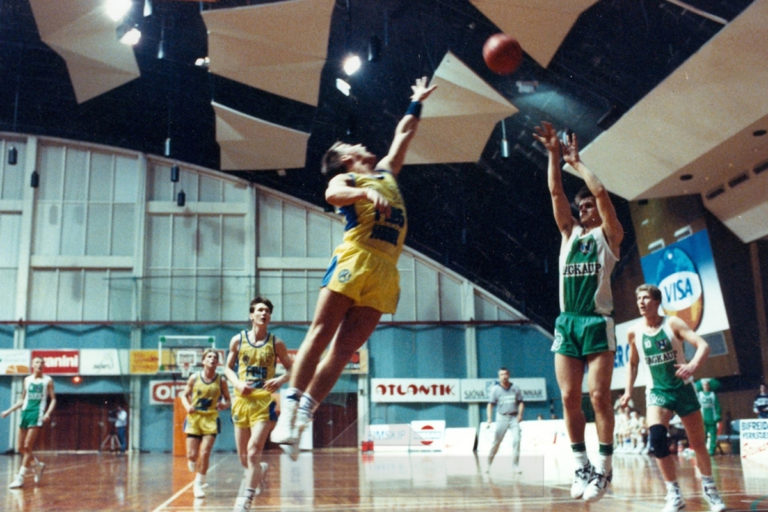About Reykjanesbær
Reykjanesbær is a young and dynamic community that has a diverse and rapidly expanding population. The district of Reykjanesbær spreads over the Reykjanes peninsula in south-west Iceland and it includes the Reykjanes UNESCO Global Geopark, an area recognised for its geological heritage of outstanding universal value.
For centuries the sea and its rich fishing grounds have shaped a thriving community in Reykjanesbær. The district’s significance increased with the arrival of the NATO Defence Forces at Keflavík International Airport. Today the airport is one of the largest workplaces in Iceland, and which caters for considerable numbers of tourists every year. It is safe to say that Reykjanes or Suðurnes is often the first and last destination for those who come to Iceland from around the world.
Reykjanesbær is the fourth largest municipality in Iceland, with a population of 20,000 – and the number is growing.
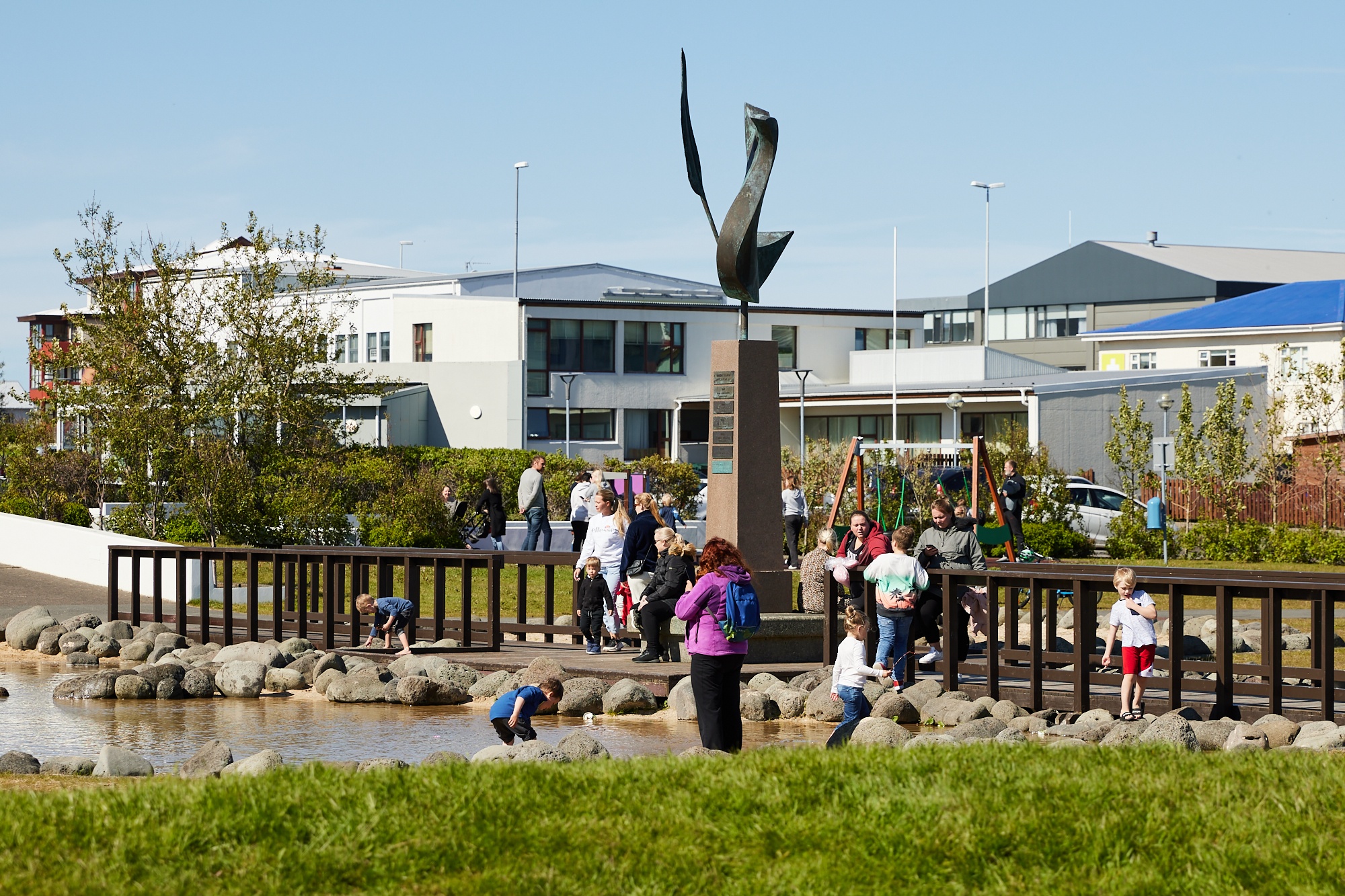
Transport
Statues in town
Ljósanótt
(Night of lights)
Active Community
The people and the history
The sea and its rich fishing grounds have shaped settlements and human life along Iceland’s coastline for centuries. Keflavík in the south was an important trading hub due to the large supplies of fish caught a stone’s throw from the shore. This proximity to the fishing grounds made land in Suðurnes the most sought after in Iceland.
In the winter fishing season hundreds of boats rowed into the Atlantic from ports in the south. All these boats needed crews, so the population in Suðurnes went up by hundreds if not thousands during the main fishing season.
The oldest signs of residence in Suðurnes can be found in Höfn, where a hut was discovered that is believed to date from the time of Iceland’s settlement in the 9th century. Ingolfur Arnarson, widely acknowledged as the first permanent Norse settler in Iceland, offered his aunt, Steinunn the Old, the whole of Rosmhvalanes, west of Hvassahraun. She decided instead to exchange the land for a spotted coat, because she felt such an agreement would make it more legally binding. A Norse warrior, Molda-Gnúpur, settled in Grindavík but otherwise Landnáma’s account of Suðurnes is unclear.
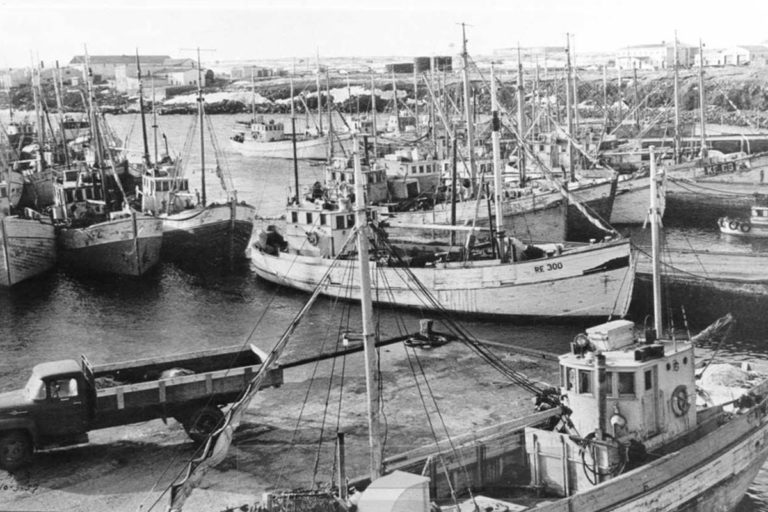
US Air Base
Probably no single event has had a greater impact on business and everyday life in Reykjanes than the construction of Keflavík Airport and the arrival of the US military in 1951. At its peak, Keflavík Airport, or “the airport” as it was called, was the sixth largest settlement in the country. The base was part of the daily life for the people of Suðurnes for half a century, where one in five had jobs involving the airbase.
The American base at Keflavík closed in 2006 and it has been estimated that, in the preceding 55 years, over 200,000 Americans worked or stayed in Iceland for the US military.
Keflavík International Airport remains and, as well as being the gateway into Iceland, has become the largest workplace in the country. When fishing in Reykjanesbær declined, the airport and services became the bread and butter for many in the community. Growth at the airport continues apace so the opportunities for the workforce are unlimited
The US military base had a huge impact on the cultural and daily life in Suðurnes as well as the country itself. Trends from across the world started to arrive in Iceland, and which created numerous opportunities for Icelandic musicians and athletes alike.
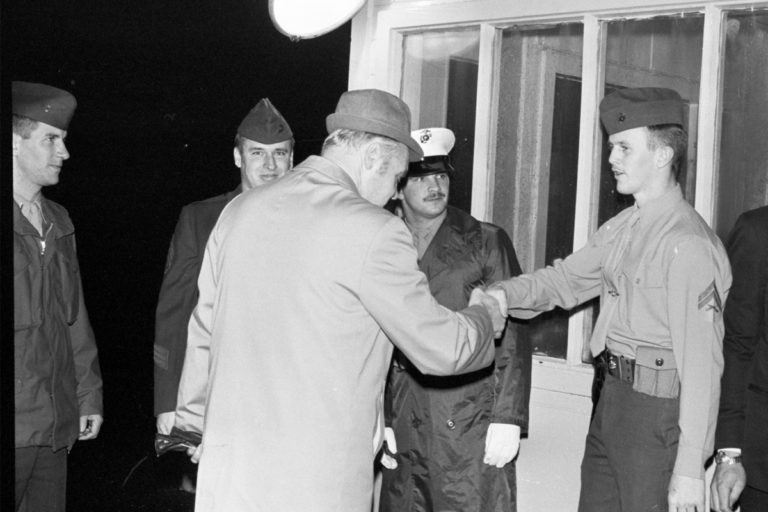
The Beatles town
Reykjanesbær is referred to as the ‘Beatles town’ because this is where Iceland’s first Beatles band emerged. Rock and roll came fizzing down the airwaves of Radio Kaninn, together with the latest albums, news about the latest movies and the latest trends. A huge boiling pot of cultural influence spilled over the area.
Icelandic band Hljómar took to the stage in Keflavík in 1963 and after that, everything changed. Band member Rúnar Júlíusson emerged as Iceland’s first pop star and from then on Keflavík continued to produce amazing musicians such as Vilhjálm and Ellý Vilhjálmur, Jóhann Helgason and Magnús Þór Sigmundsson, Magnús Kjartansson, Jóhann G., Þorstein Eggertsson and many, many more.
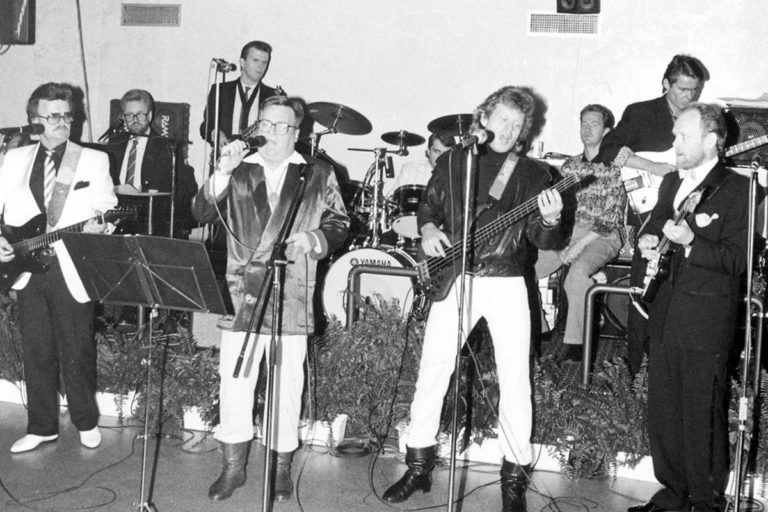
The basketball town
Basketball was the number one sport on the American base at Keflavík and soon Icelanders in the area became hooked. Icelandic firefighters on the base formed the country’s first basketball team and won the first Icelandic basketball tournament in 1952. A new basketball hall financed with American dollars was built in Njarðvík. Nicknamed the ‘Lion’s Pit’, the hall became the home base for many up-and-coming players in Reykjanesbær. The hall marked the beginning of basketball in Iceland and teams from Suðurnes today still dominate the basketball leagues in Iceland.
